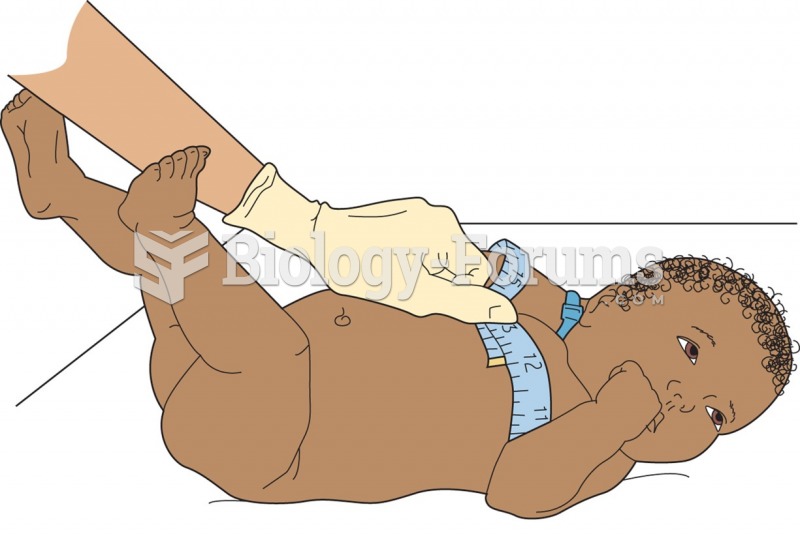|
|
|
The average adult has about 21 square feet of skin.
Only 12 hours after an egg cell is fertilized by a sperm cell, the egg cell starts to divide. As it continues to divide, it moves along the fallopian tube toward the uterus at about 1 inch per day.
The calories found in one piece of cherry cheesecake could light a 60-watt light bulb for 1.5 hours.
Earwax has antimicrobial properties that reduce the viability of bacteria and fungus in the human ear.
Asthma-like symptoms were first recorded about 3,500 years ago in Egypt. The first manuscript specifically written about asthma was in the year 1190, describing a condition characterized by sudden breathlessness. The treatments listed in this manuscript include chicken soup, herbs, and sexual abstinence.







